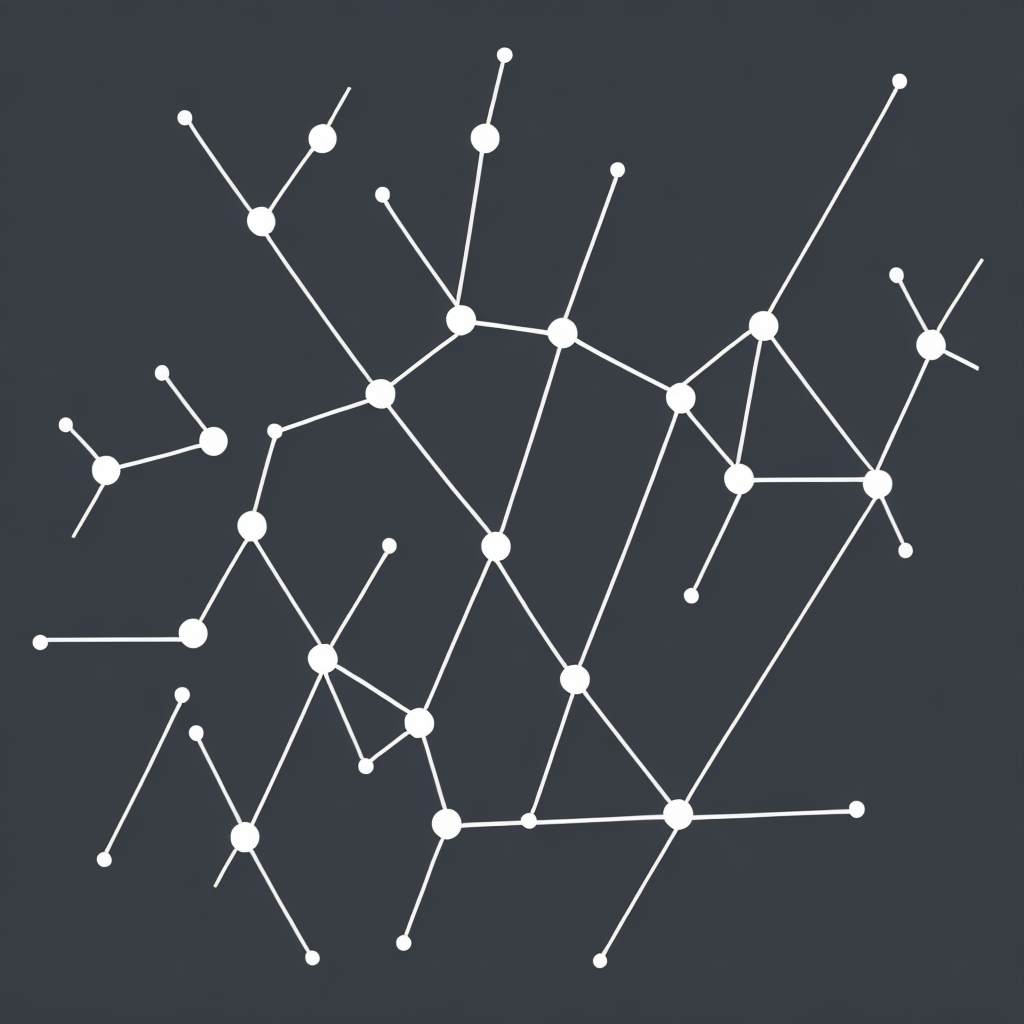**Unlocking the Power of Knowledge Graphs: Enhancing Data Understanding and Decision Making in the Digital Age**
In the realm of the information-rich yet knowledge-sparse digital age, traditional data handling has proven insufficient for the complex needs of businesses, organizations, and individuals alike. Enter the innovative and transformative concept of knowledge graphs – data structures that go beyond mere data cataloging, aiming to connect disparate pieces of information with contextual and semantic relationships. By leveraging the full potential of knowledge graphs, decision-makers can unlock a deeper understanding of data, enabling more informed, effective, and ethical choices.
**The Nature of Knowledge Graphs**
A knowledge graph is essentially a networked representation of entities and their relationships, embedded in a structured format that allows for the exploitation of embedded semantic relationships and correlations. This concept is rooted in ontologies and Linked Data principles, where entities like people, places, and concepts are represented and connected via links of varying types. This interconnected system enables not only a simple aggregation of data points but also more sophisticated query and retrieval operations, such as complex search, reasoning, and pattern detection.
**Enriching Data with Meaning**
Traditionally, data exists as a collection of facts, often lacking context or connections to related information. Knowledge graphs address this issue by adding meaning to the data. Each node represents a rich entity with detailed characteristics and relationships to other entities, both within the graph and across external data sources. This context-dependent approach makes data more accessible and interpretable, reducing the potential for information overload and confusion.
**Enhancing Understanding and Decision Making**
Knowledge graphs significantly enhance data understanding by providing a comprehensive view of the real-world context that drives decisions. This enhanced understanding leads to more reliable, relevant, and accurate insights. By analyzing relationships and patterns within the graph, decision-makers can uncover connections that might not be apparent in traditional data formats. This capability is crucial in fields such as healthcare (predicting outbreaks, personalizing treatments), finance (identifying fraud patterns), and social media analysis (understanding community dynamics and influencers).
**Practical Applications**
In practical terms, knowledge graphs are revolutionizing industries in several ways:
1. **Predictive Analytics**: By understanding the relationships between variables, knowledge graphs enable predictive models that can forecast future trends, demand patterns, or potential risks with greater accuracy.
2. **Personalized Experiences**: In e-commerce, entertainment services, and healthcare, knowledge graphs assist in personalizing user interactions, recommendations, and treatments based on intricate user profiles and preferences.
3. **Cybersecurity**: Knowledge graphs can detect anomalies and potential threats by connecting different types of data, such as network traffic, user behavior, and external threat intelligence, creating a powerful defense mechanism.
4. **Knowledge Management**: In knowledge-intensive industries like research, intellectual property management, and education, knowledge graphs support efficient storage, retrieval, and sharing of information, fostering collaborative learning and innovation.
**Challenges and Future Perspectives**
While the benefits are impressive, implementing knowledge graphs requires addressing several challenges, including data quality, integration, scalability, and the need for specialized skills to build and maintain these systems. As data becomes more complex and the volume continues to grow, the role of AI and machine learning in automating the construction and updating of these graphs becomes increasingly important.
Looking forward, the integration of explainable AI, natural language processing, and real-time data analytics will further enhance the utility and adoption of knowledge graphs. They will become critical not just for decision support but also for ethical, inclusive, and resilient frameworks, driving advances in society, industry, and science.
In conclusion, knowledge graphs represent a paradigm shift in how we understand, manage, and utilize data in the digital age. By unlocking the power of interconnected information, they hold the key to transformative decision-making processes, enhanced user experiences, and ultimately, the creation of a more informed, equitable, and sustainable world.
